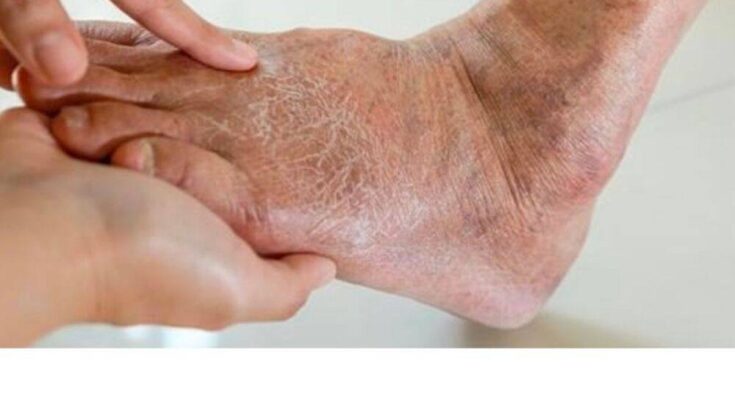Diabetic foot is one of the most serious and potentially life-altering complications associated with diabetes mellitus. It typically manifests in the form of open wounds, ulcers, or persistent sores on the feet that heal very slowly—or sometimes do not heal at all. These wounds may seem minor at first, but when ignored or improperly treated, they can develop into deep infections that affect muscle, bone, and tissue. In the most severe cases, this can result in gangrene and ultimately lead to partial or complete amputation of the affected limb.
This condition primarily affects individuals who have been living with diabetes for many years, especially those with poorly managed type 1 or type 2 diabetes. The major contributors to diabetic foot problems are two common complications of diabetes: peripheral neuropathy and poor blood circulation. Neuropathy causes a loss of sensation in the feet, making it difficult to feel pain, pressure, or injuries. This means that cuts, blisters, or pressure sores can go unnoticed and untreated. At the same time, reduced blood flow to the lower limbs delays the healing process and increases the risk of infection.
Because of these factors, prevention and early detection are essential. People living with diabetes should inspect their feet every single day. This daily habit can significantly reduce the risk of complications. Look closely for signs of trouble—such as redness, swelling, cuts, cracks, or any areas of skin breakdown. Don’t forget to check between the toes, under the soles, and around the heels. Even small blisters or calluses can become dangerous if not treated properly.
Maintaining good foot hygiene is also critical. Wash your feet daily with warm (not hot) water and mild soap, then dry them gently but thoroughly—especially between the toes, where excess moisture can encourage fungal growth. Apply a moisturizing lotion to prevent dry or cracked skin, but avoid applying it between the toes. Cracks in the skin can provide an entry point for bacteria, increasing the risk of infection. In addition, trim toenails straight across and file sharp edges carefully to prevent ingrown nails.
Footwear plays a major role in prevention. Choose well-fitting shoes that do not cause friction or pressure, and always wear clean, dry socks made from breathable materials. Avoid walking barefoot at all times—even inside your home—as it increases the chance of injury from sharp objects or hot surfaces. Also be cautious about using heating pads or hot water bottles on your feet, as reduced sensation may lead to unintentional burns.
If you notice anything out of the ordinary—such as changes in skin color or temperature, numbness, tingling, unusual odors, persistent pain, or wounds that aren’t healing—it’s crucial to contact a healthcare provider immediately. The earlier a problem is detected, the easier it is to treat. Prompt medical attention can often prevent the progression of an issue into something far more serious.
Another key aspect of diabetic foot care is managing the underlying diabetes itself. Keeping your blood sugar levels within target range, along with controlling blood pressure and cholesterol, is essential for maintaining healthy blood flow and nerve function. A well-balanced diet, regular physical activity, and adherence to prescribed medications are all critical parts of a comprehensive diabetes management plan.
Routine check-ups with your doctor or a podiatrist are strongly recommended—at least once a year, and more frequently if you’ve had foot problems in the past. These visits allow professionals to perform thorough foot exams, offer advice tailored to your condition, and catch any developing issues early.
Conclusion
Foot care is not just a small part of diabetes management—it is a daily necessity that can prevent serious complications, preserve mobility, and even save lives. With regular attention, healthy habits, and early medical intervention, most diabetic foot problems can be avoided or managed effectively. Empower yourself with knowledge and consistency, and make foot care a non-negotiable part of your diabetes routine.



